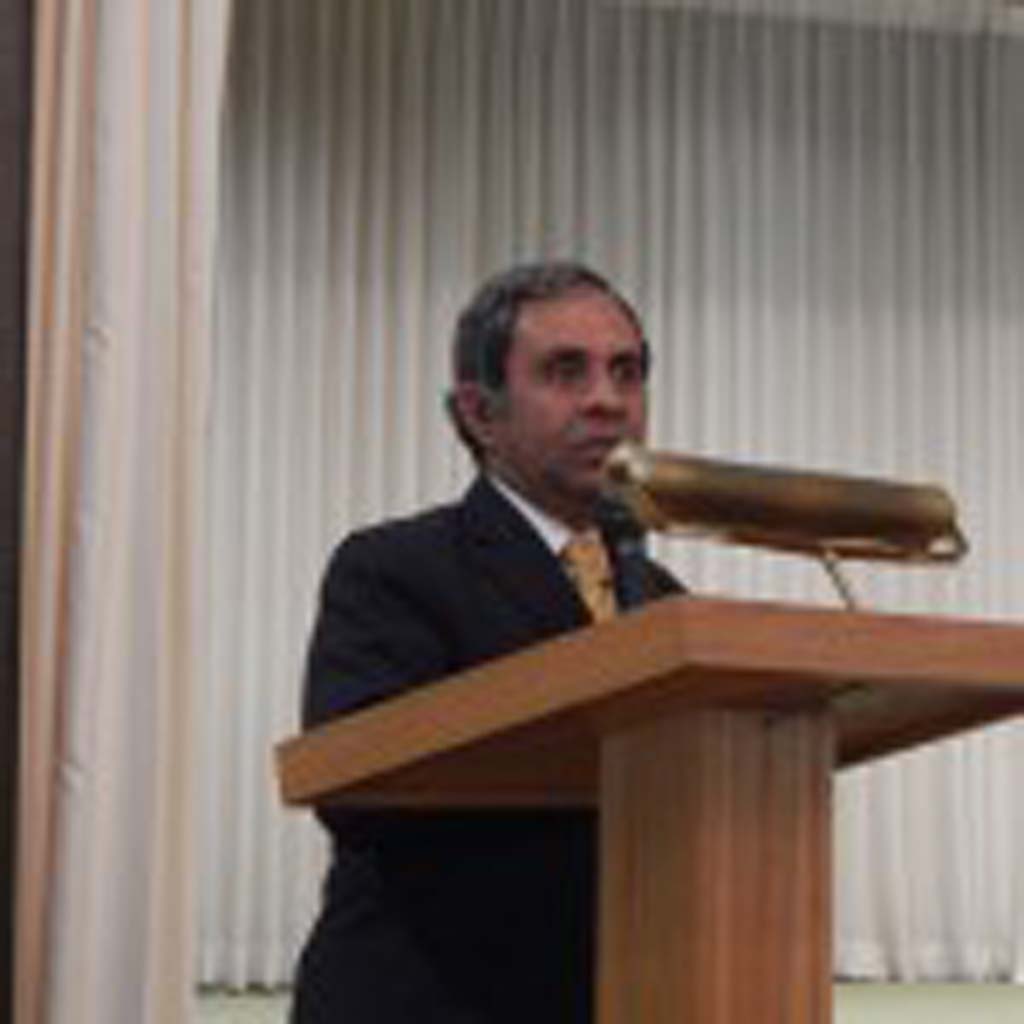ENCINITAS — While on a walk on the beach with his wife Maxine a couple of years ago, Philippe Carillo came across a plastic bag on the shore. By the end of their walk, they had filled the bag full with more plastic and trash.
Wondering where it was all coming from, the couple had decided to do some research. It was then they learned about a mass of floating garbage in the Pacific Ocean.
A short video clip from Capt. Charles Moore, who had discovered the floating garbage (what is now known as the “Great Pacific Garbage Patch”) inspired the couple to make their first film, a documentary called “Inside the Garbage of the World,” to help make the issue more known than it is now.
The two filmmakers will screen the film and hold a Q&A session at the Seaside Center at 1613 Lake Dr. April 3 from 6:30 to 9 p.m.
Carillo, who was born in France and now lives in the U.S., spoke with The Coast News about his experience making the film.
Was there anything that you learned during the filming that particularly alarmed you about the situation?
Yeah. When we started to work (on the film) the scientists…oceanographers and doctors and medical doctors, it became very alarming that there were other things that we didn’t know about, for instance, the leaking of the chemicals from the plastic. Also, we went to a…beach in Hawaii…just to videotape what we can over there. So we get there, and the sand was not sand there anymore. It was plastic.
What message does the film ultimately leave the viewer with?
Well, the message is, if we don’t do anything about it, the human race is gone. And just with one thing, and there are other things as well, of course, like radiation, global warming. But just think — plastic — as a human race, we are killing ourselves. Already in a garbage patch in the middle of the ocean, 36 percent of the fish have plastic in their stomach compared to 10 years ago, only 6 percent… And nobody really realizes it because the ocean is far away. It’s like, ‘Oh, OK well, you know, blah, blah, blah,’ but actually it’s a real concern because when it is going to come to the shore, it will be too late.
How fixable do experts see this situation to be?
To be honest with you, we have to stop using plastics now — yesterday.
You say change begins on the shore. What kind of change will be necessary to help stop this problem?
The thing is everybody realizing that we are killing ourselves. We have to stop using plastic. The big companies are not going to do anything. Changing the law is going to take too long. We have only 10 years before something is going to happen very bad…When people see this film, they change their habits. They say, ‘Oh my God, wow. I didn’t know about that. I didn’t know that my plastic is going in Hawaii and it’s going to be killing animals.’ People are changing; they’re changing their minds…People have power. They can just vote with their pocket book, say no to plastic anymore. And then that will be the change.



